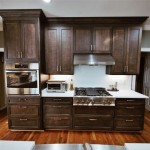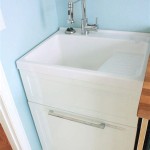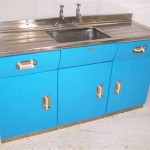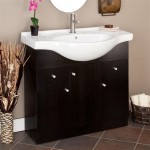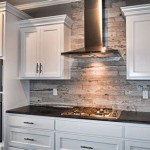Do I Need to Sand Unfinished Cabinets?
Unfinished cabinets offer a blank canvas for customization, allowing you to match any decor or style. Whether you prefer a painted, stained, or natural finish, proper preparation is crucial for a flawless result. Among the essential steps is sanding, which can enhance the adhesion of your chosen coating and reveal the beauty of the wood grain.
### Sanding for Paint AdhesionWhen painting unfinished cabinets, sanding is essential to create a smooth surface that ensures even paint application and durability. Sanding removes splinters, imperfections, and any remnants of previous coatings, providing a better bonding surface for the paint.
### Enriching Stain AbsorptionFor cabinets intended for staining, sanding is equally important. The abrasive action of sandpaper opens up the wood pores, allowing the stain to penetrate deeper and more evenly. This results in a richer, more consistent color and a more durable finish.
### Highlighting Wood GrainIf you prefer the natural beauty of the wood grain, sanding is essential for creating a smooth, splinter-free surface that showcases its unique character. Sanding removes rough edges and imperfections, revealing the intricate patterns and textures of the wood.
### Determining the Appropriate GritThe type of sandpaper used for unfinished cabinets depends on the desired finish. For paint adhesion, medium-grit (120-150) sandpaper is suitable. For stains, use finer grits (180-220) to avoid scratching the surface. For natural woodgrain enhancement, start with medium grit and gradually move to finer grits for a smoother finish.
### Hand vs. Power SandingSanding can be done manually or with power tools. Manual sanding, using sandpaper blocks or sheets, allows for greater control and precision, making it ideal for intricate details or small areas. Power sanding, using an orbital sander or palm sander, is more efficient for larger surfaces and can save time and effort.
### Proper Sanding TechniqueTo effectively sand unfinished cabinets, follow these guidelines:
- Wear a dust mask and safety glasses for protection.
- Use a sanding block or orbital sander to ensure even pressure distribution.
- Sand in the direction of the wood grain.
- Start with coarser grit sandpaper and gradually move to finer grits.
- Avoid applying excessive pressure to prevent gouging or scratching.
- Clean the sanded surfaces thoroughly to remove dust before coating.
Sanding unfinished cabinets is an essential step that significantly enhances the quality of the final finish. Whether you intend to paint, stain, or preserve the natural woodgrain, proper sanding ensures optimal adhesion, enriches stain absorption, highlights wood grain, and creates a smooth, splinter-free surface. By following the recommended sanding techniques and using appropriate grit sizes, you can ensure that your unfinished cabinets are transformed into a beautiful and durable addition to your home.

How To Paint Unfinished Cabinets Houseful Of Handmade

How To Stain Unfinished Cabinets Painting By The Penny

How To Stain Unfinished Cabinets Painting By The Penny

How To Paint Unfinished Cabinets Houseful Of Handmade

How To Paint Unfinished Cabinets

Unlock The Secrets Of Painting Unfinished Cabinets A Comprehensive Guide

How To Stain Unfinished Cabinets Painting By The Penny

Do You Need To Prime Unfinished Cabinets Before Painting Home Garage Projects

How To Paint Kitchen Cabinets Without Sanding Or Priming

All You Need To Know About Unfinished Cabinets Cc
Related Posts



